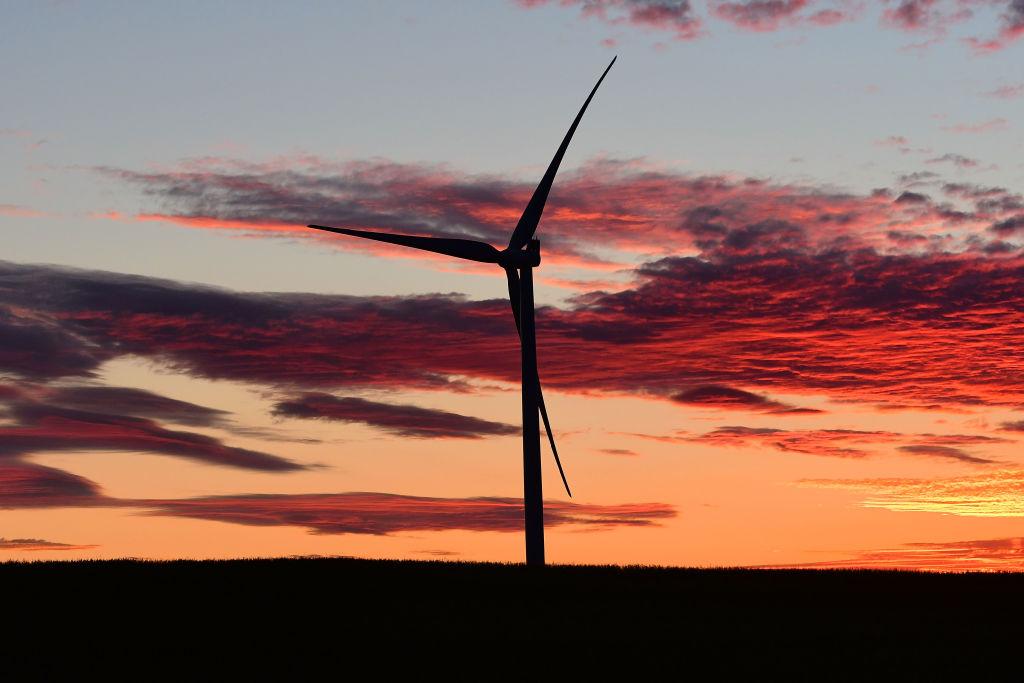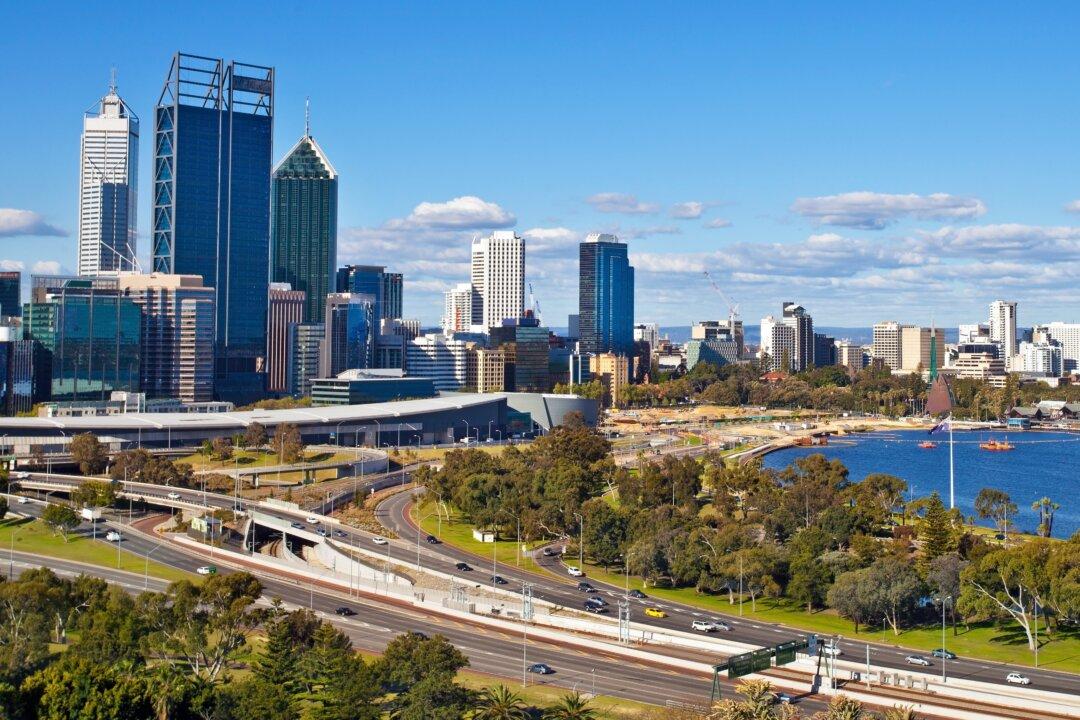The Victorian Labor Government has positioned itself as Australia’s most ambitious climate change state, becoming one of the first jurisdictions in the world to legislate a net-zero target and promise to halve emissions by 2030.
The announcement is part of the state government’s new Climate Change Strategy (pdf) to achieve net-zero emissions by 2050, which contrasts with the Federal Government’s plan for emissions reduction, which is a 26 to 28 percent reduction by 2030—without a definitive target date for achieving net-zero—to avoid imposing heavy taxation.





